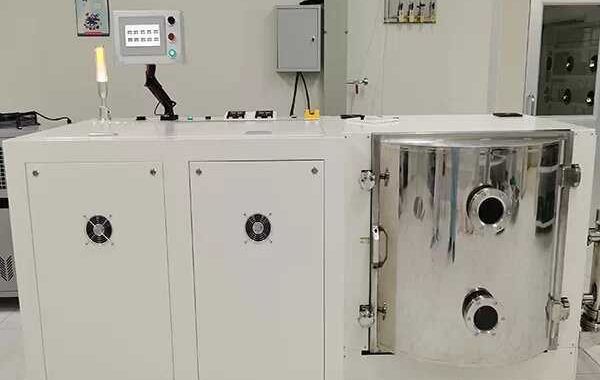The Parylene process does not include a liquid phase, so the coating does not aggregate in low areas, bridge the substrate, or exhibit liquid properties such as meniscus or capillary action. Parylene film is a pure, polycrystalline and amorphous linear polymer with excellent dielectric properties, gas barrier properties and mechanical properties that enable it to meet coating requirements in very thin layers.
Parylene coating process
1. Receipt of the sample: The parylene-related process begins with the receipt of the sample substrate to be coated. The quantity and surface area of the sample are determined during the deposition process.
2. Inspection: After receiving, inspect the sample for surface quality, cleanliness and any damage.
3. Cleaning and surface activation: Sometimes samples require surface cleaning processes such as basic plasma cleaning processes (oxygen plasma) or UV ozone treatment for surface activation. The process can take anywhere from a few minutes to an hour, depending on the severity of organic contamination and residues adhering to the substrate surface. The quality of the bonding surface is very important to the final quality of Parylene conformal coatings. In conclusion, a dirty surface prevents parylene material molecules from attaching and penetrating into the crevices and pores of the substrate.
4. Shielding: Shielding is a crucial step, especially in microelectronics, as this step determines the available surface area for parylene deposition. Shielding must be done by a professional to ensure uniform coating and no holes and paths for parylene to penetrate. Since parylene molecules can enter and diffuse into very small pores and pores of a few hundred nanometers, they should be carefully checked before bringing the sample into the CVD processing chamber. It must be clear that masking can take a significant amount of time, depending on the sample size.
5. Deposition (CVD): The chemical vapor deposition (CVD) process of Parylene is divided into three steps (sublimation, pyrolysis, deposition). The entire process can take anywhere from several hours to over 24 hours, depending on the coating thickness and equipment-related processes, such as the cooling time of the cold trap (approximately 30 minutes), reaching the appropriate temperature and pressure in the chamber.
6. Shield removal: Once the substrate conformal coating process is completed, the substrate can be demolded by peeling off the tape. This step is also critical and must be done carefully so as not to damage the parylene around the tape.
7. Final inspection (thickness, uniformity): After the production process is completed, a final inspection will be performed. These inspections are carried out through different avenues, such as visual inspection for issues (uniformity, coating of retention areas, etc.), optical microscopy and thickness control using glass slides.
Maqi Nano Technology Co., Ltd. is a high-tech enterprise specializing in the research, development, sales and production of Parylene vacuum coating equipment and its services. Parylene has also become the coating material of choice for a variety of medical, military and other industrial coating applications. Welcome customers to buy our company's products.







